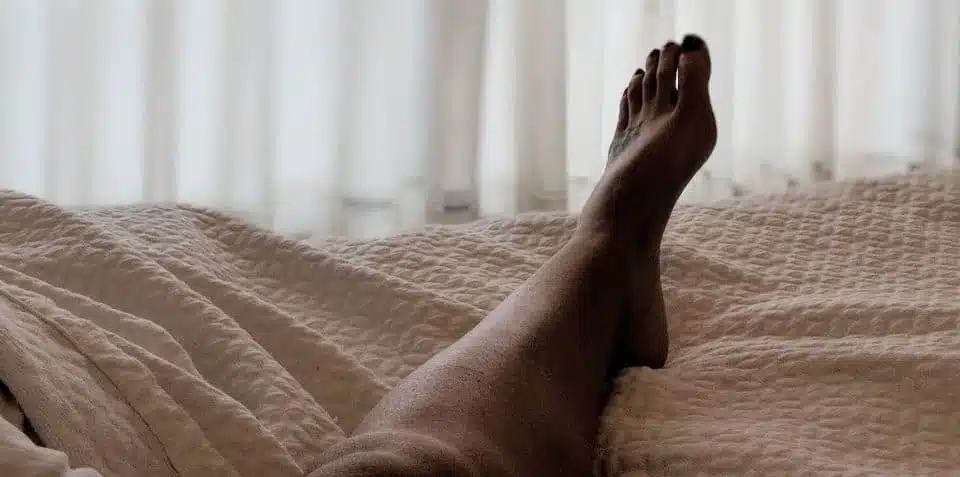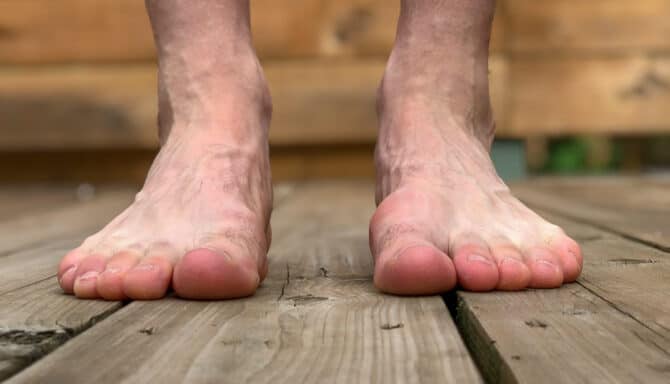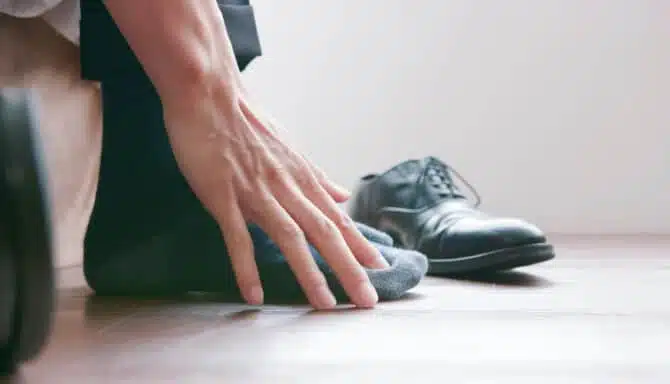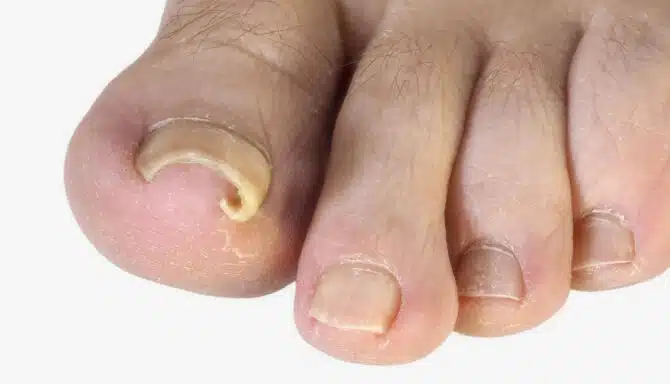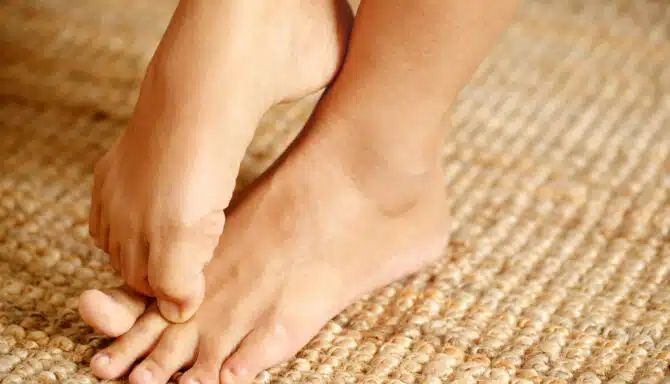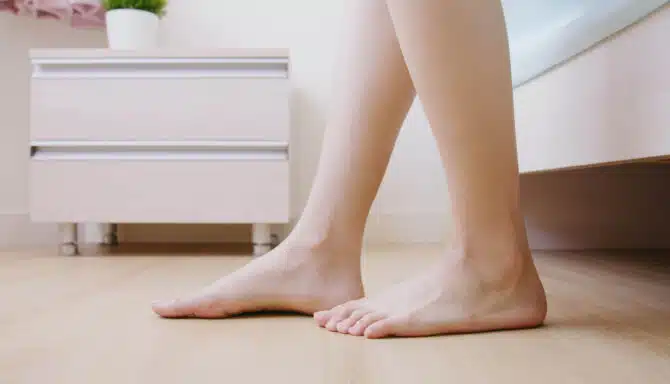If you’ve ever had an uncontrollable urge to move, you may experience restless legs syndrome, or RLS for short.
Restless legs syndrome manifests as an overwhelming urge to move the body to relieve the uncomfortable sensations, primarily when resting, sitting, or sleeping. Moving relieves the urge temporarily, but you may experience it on a more regular basis.
RLS is an “invisible” condition in the sense that there are no visual effects or signs of the foot condition. Rather, it’s internal, making it difficult to diagnose, and to recognize as anything beyond twitchy or general restlessness.
What Triggers Restless Leg Syndrome?
According to John Hopkins Medicine, “the single most consistent finding and the strongest environmental risk factor associated with RLS is iron insufficiency.” Low iron levels can occur before birth, during infancy or childhood, during pregnancy or later in adult life.
Iron is a mineral, and its main purpose is to carry oxygen in the hemoglobin of red blood cells throughout the body so cells can produce energy. The body uses iron to produce hemoglobin, a protein in red blood cells that carries oxygen from the lungs to all parts of the body, and myoglobin, a protein that provides oxygen to muscles.
Normal iron levels are generally between 35.5-44.9% for adult women and 38.3-48.6% percent for adult men. These values may change depending on your age.
Other factors can affect the prevalence of RLS including age, and sex. RLS is more common is older people and females.
What do Restless Legs Feel Like?
If you find yourself answering yes to any of these questions, you experience the feeling of restless legs syndrome.
- Have you ever had unpleasant or uncomfortable feelings in your legs that occurred mainly while you were either sitting or lying down?
- Have you ever felt the need or urge to move your legs that occurred mainly while you were sitting or lying down?
- While you are actually walking around, do you get any relief from these feelings?
- Are these feelings in your legs more likely to occur while you are resting than when you are physically active?
- Are these feelings in your legs worse at night or in the evening than at other times of the day?
What Causes Restless Body Syndrome?
The two most common causes of RLS are: 1) iron-deficiency anemia (low blood count) and 2) peripheral neuropathy, which is damage to the nerves of the legs cause by an underlying condition.
There may be other causes including parkinson’s disease and Varicose Veins.
Although there is no known one cure for RLS, iron supplementation can help. In fact, one study found that in patients whose serum ferritin was < 75 µg/l, oral iron therapy (325 mg ferrous sulfate twice a day on an empty stomach) on average improved RLS symptom after 3 months. Iron supplements may be taken as capsules, tablets, chewable tablets, and liquids. The most common tablet size is 325 mg (ferrous sulfate).
Does Drinking Water Help Restless Legs?

What Foods Trigger RLS?
Foods and beverages that contain caffeine may stimulate your nerves and aggravate RLS. General categories of foods to avoid include fattening items like fried foods, processed foods, and fast foods. Items high in sugar and soda should be avoided as well.
What Foods Help With Restless Syndrome?

- Common foods rich in iron include dark, leafy vegetables include spinach, beans, fortified cereals, dried fruit such as raisins and apricots, and peas.
- Common foods rich in folate include broccoli, brussels sprouts, leafy green vegetables, such as cabbage, kale, spring greens and spinach, peas, chickpeas and kidney beans.
- Common foods rich in magnesium include greens, nuts, seeds, dry beans, whole grains, wheat germ, wheat and oat bran.
What Should I do to Treat Restless Legs Syndrome?
The Mayo Clinic recommends the following at-home methods to help treat and prevent RLS:
- Try baths and massages. Soaking in a warm bath and massaging your legs can relax your muscles.
- Apply warm or cool packs. Use of heat or cold, or alternating use of the two, may lessen your limb sensations.
- Establish good sleep hygiene. Fatigue tends to worsen symptoms of RLS so it’s important that you practice good sleep hygiene.
- Exercise. Getting moderate, regular exercise may relieve symptoms of RLS but overdoing it or working out too late in the day may intensify symptoms.
- Avoid caffeine. Sometimes cutting back on caffeine may help restless legs
- Consider using a foot wrap. A foot wrap specially designed for people with RLS puts pressure under your foot and may help relieve your symptoms.
We’ve Got You Covered!
We’re confident in our ability to help inform you and solve your concern with the least amount of discomfort as possible. Call us even to ask about a quick question and we’d be happy to point you in the right direction!
Call us at 416-769-3338 or Book Your Assessment Today!
